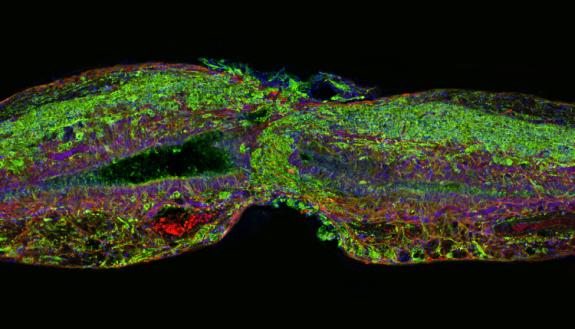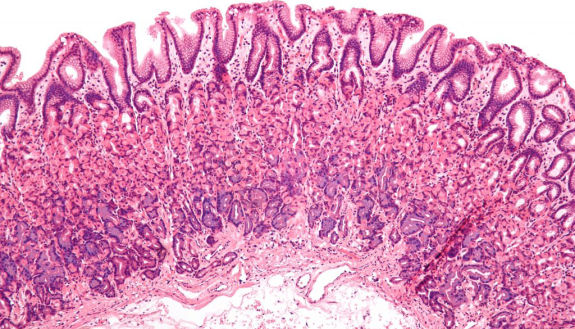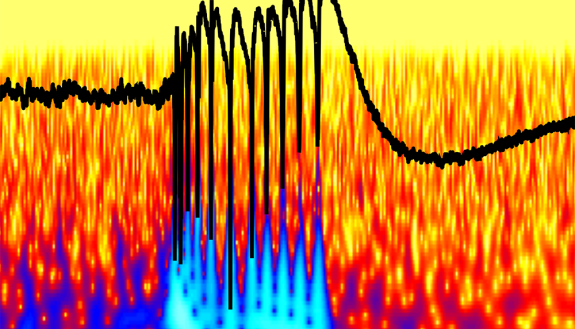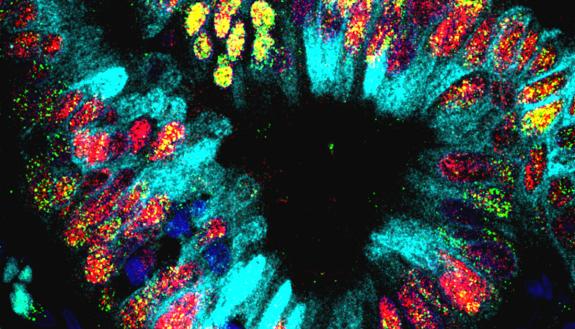
Cell Biology

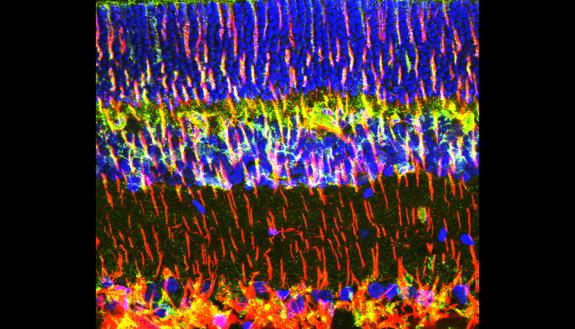
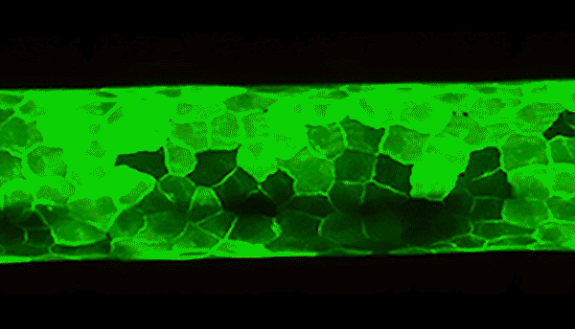
February 21, 2018
How A Zebrafish’s Squiggly Cartilage Transforms into a Strong Spine
Read on Duke Research Blog
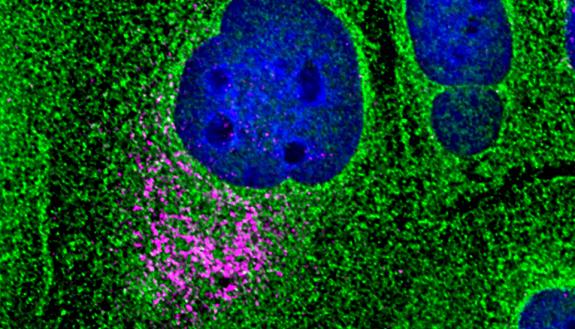
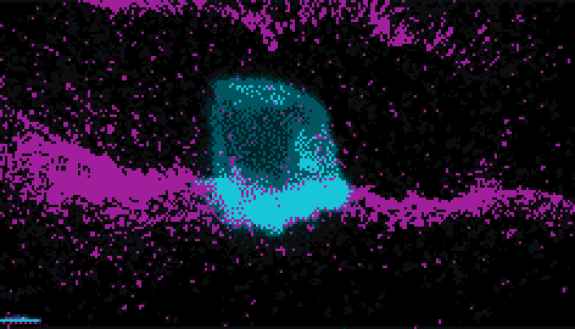
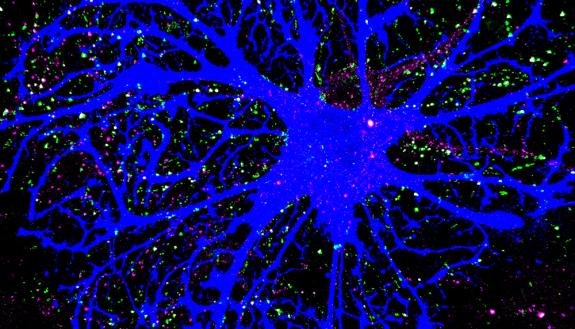
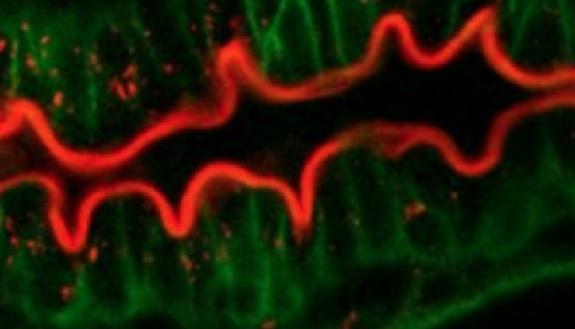
August 7, 2017
Not Your Basic Bench: Zebrafish Reveal Secrets of the Developing Gut
Read on Duke Research Blog
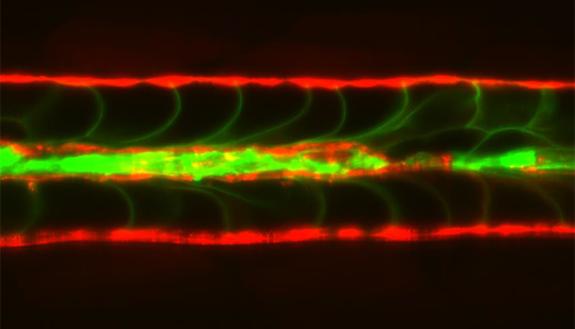
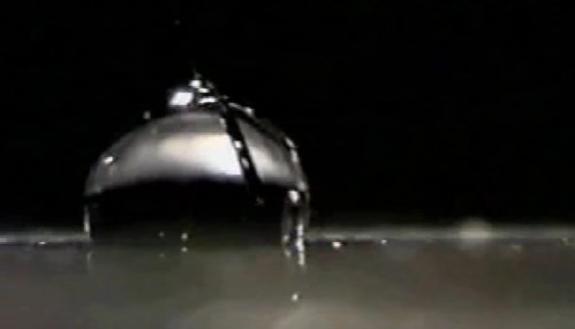
March 27, 2017
The 'Citation Classic' That Redefined Microfluidics
Read on Pratt School of Engineering
January 11, 2017
Totally Tubular! Fluid Forces That Affect the Development of Biological Tubes
Read on
